‘In the field of chairs, I don’t see what else is left to be invented’
Tobia Scarpa talks about the Pigreco chair, his first furniture design from 1959 and now reissued by Tacchini
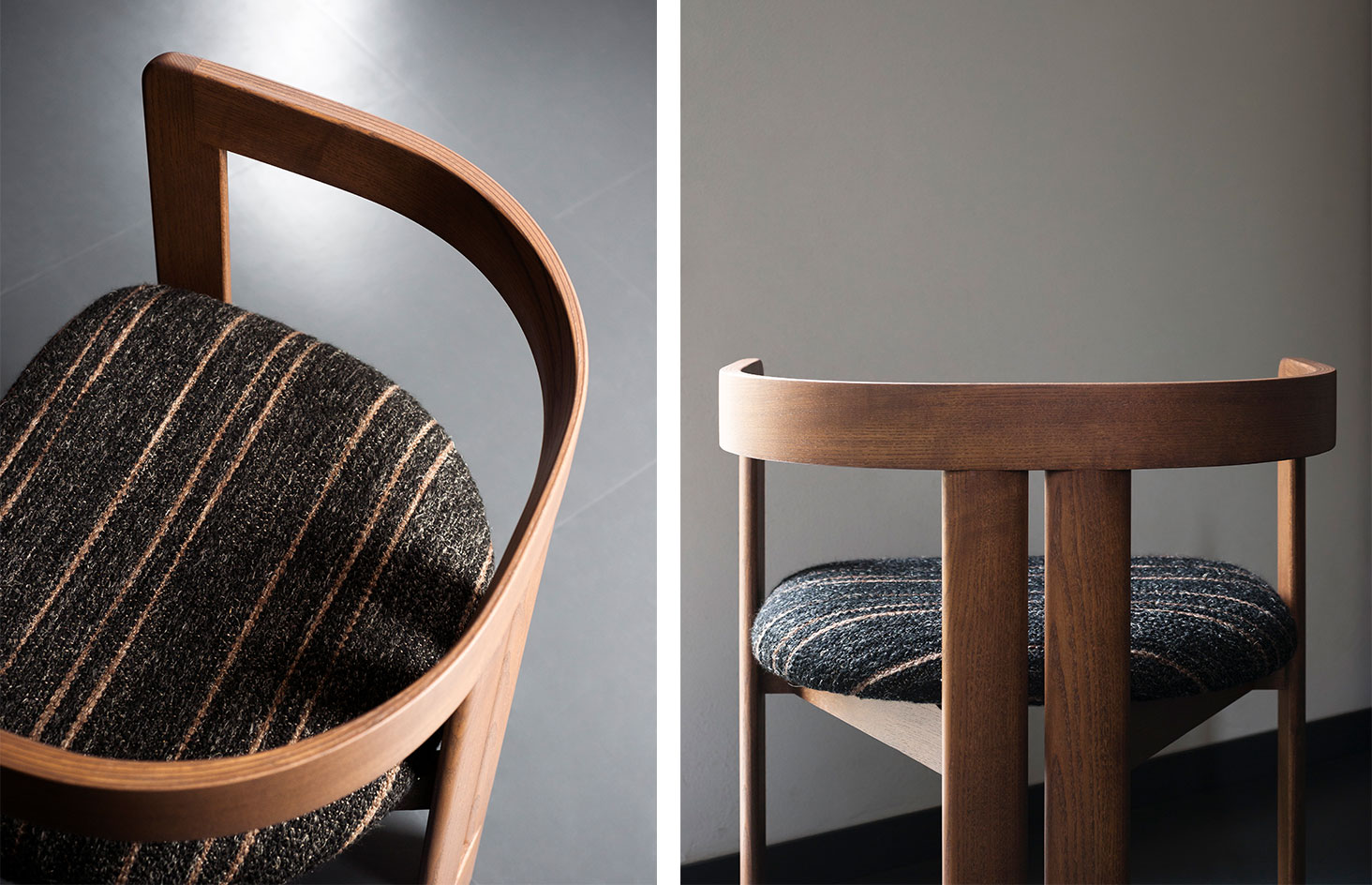
Andrea Ferrari - Photography
Italian architect Tobia Scarpa designed the Pigreco chair in 1959: it was his first furniture design, and he created upon finishing his architecture studies at the University of Venice. The chair is now reissued for the first time by Italian furniture manufacturer Tacchini, a family company whose catalogues include reissued furniture icons of Italian design by the likes of Achille and Pier Giacomo Castiglioni, Gianfranco Frattini and Umberto Riva.
Pigreco by Tobia Scarpa marks the debut of the designer’s works within the Tacchini collections. The new chair remains faithful to the original design, with new materials and finishes to fit within contemporary domestic spaces. The wooden structure is available in Canaletto walnut and ash wood.
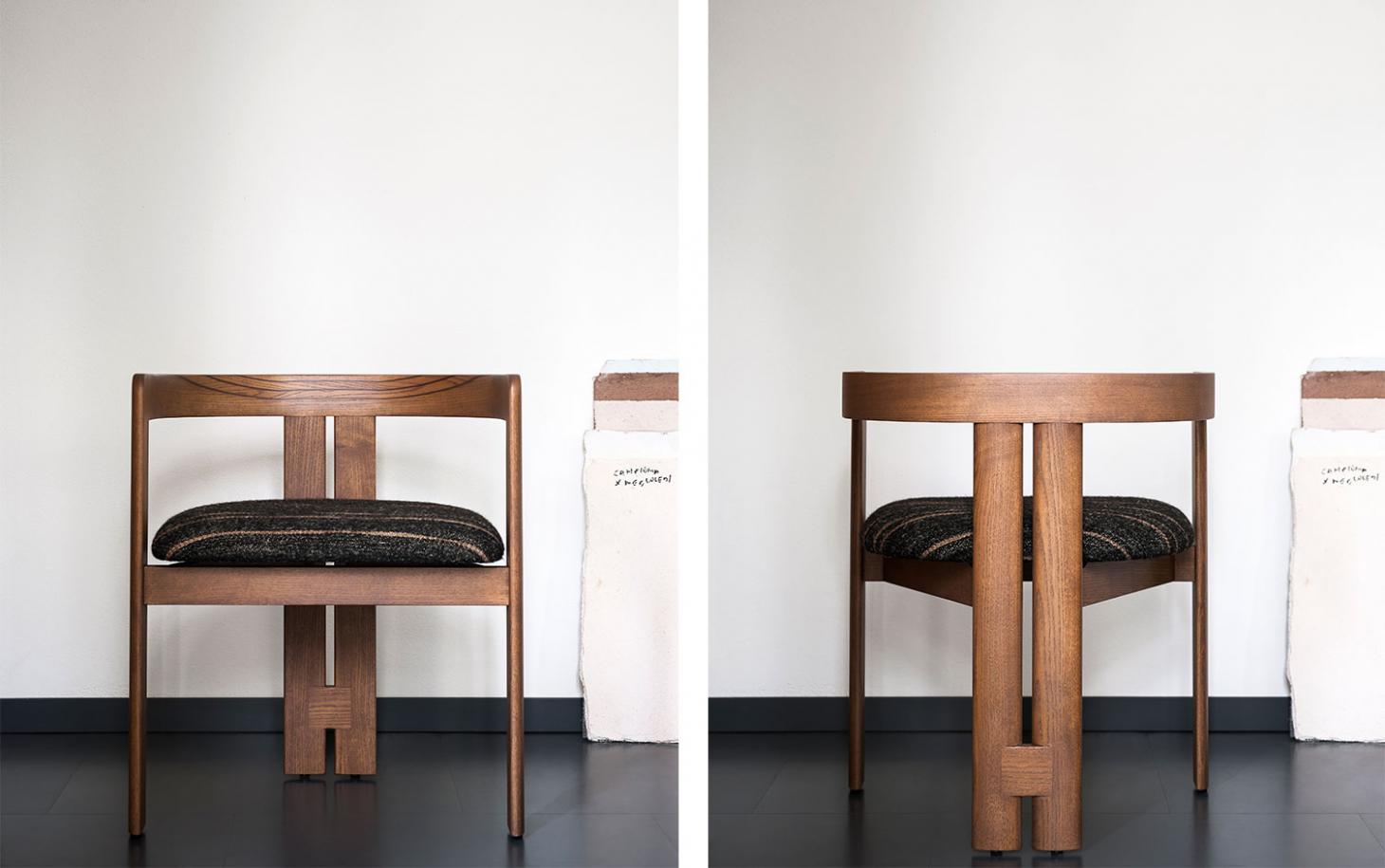
‘I wanted to create a sense of space,’ says Scarpa of his original design for the Pigreco chair. He chose a triangle as the base of the chair for its ‘dynamic’ nature, and the shape can be found as the supporting structure under the seat. However, he notes, the triangle had an ‘integral defect’ and to ensure the chair’s stability, he played with the concept of a four-legged chair, experimenting with geometry to achieve a piece that consists in intersecting triangular and semi-circular shapes. The defining element of the design are the back ‘sister legs’, as he called them, separated by a narrow gap and united through an ingenious wooden joint that offers structural strength to the chair. The low backrest is shaped in Scarpa’s words, like a big horn and the semi-circular seat is a flat cushion, upholstered in leather or textile.
The chair’s concept, Scarpa explains, is as complicated as it is simple for the human mind to conceive: an essential combination of geometries and intersecting lines in perfect balance. Its silhouette demonstrates Scarpa’s approach to the piece of furniture as a miniature architecture, the influence of his studies visible throughout the design. ‘Now I look at it and think, in the field of chairs, what else is left to be invented,’ he said when looking back at his design. ‘This one is more than enough.’
Watch: Tobia Scarpa talks about his design for the Pigreco chair
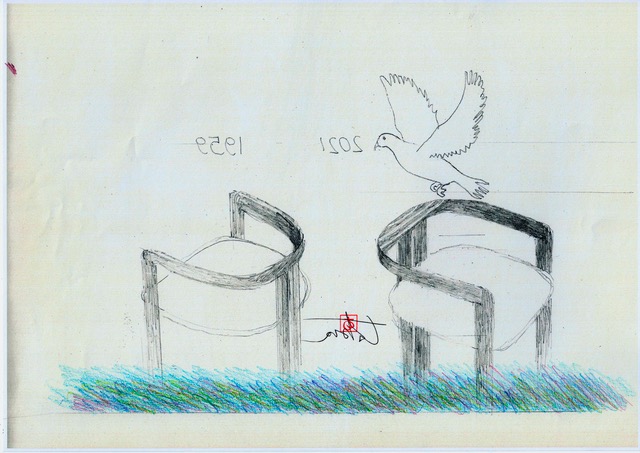
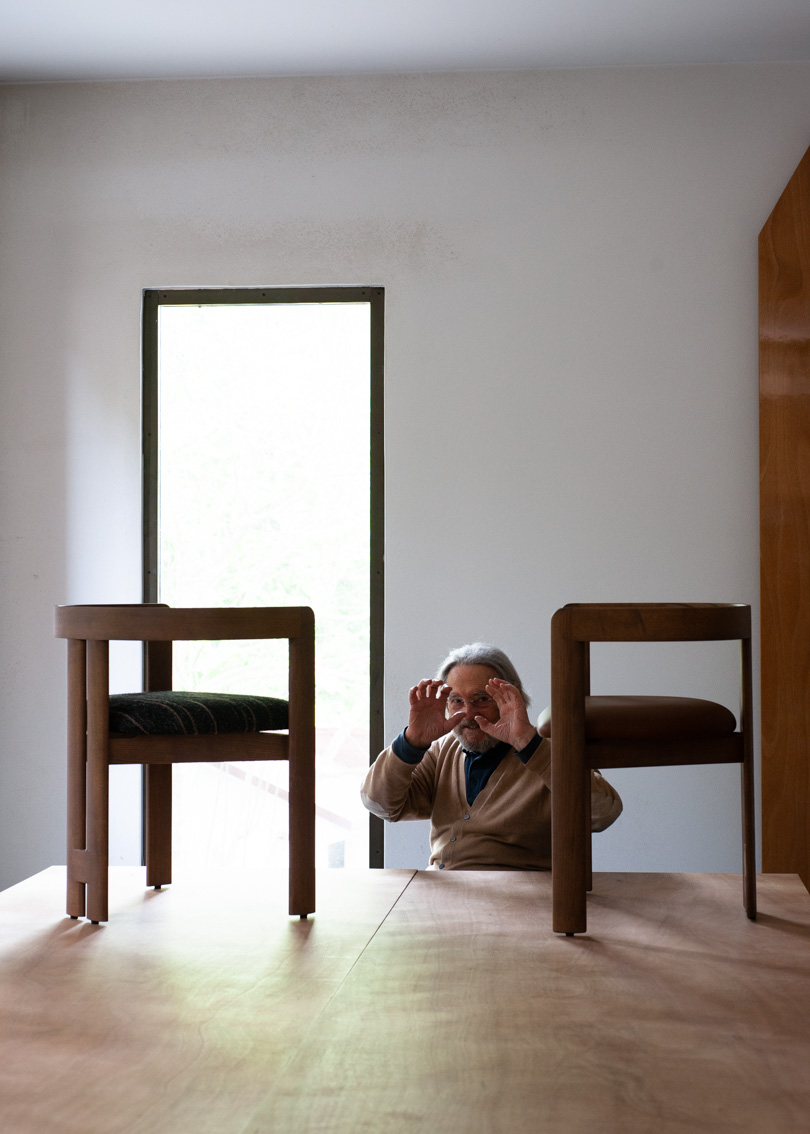
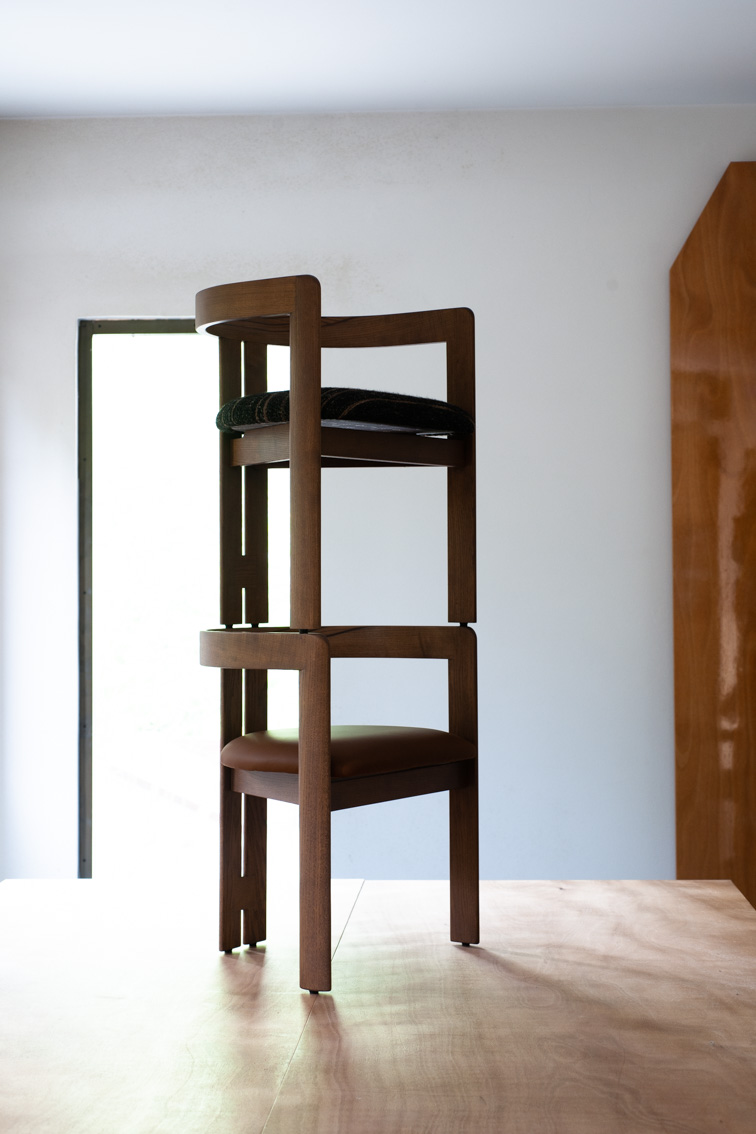
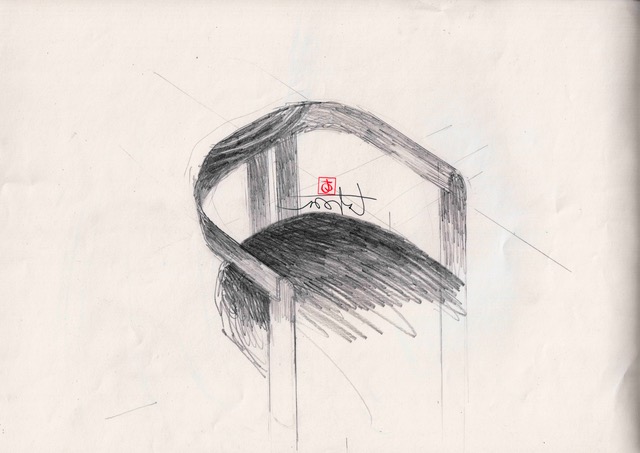
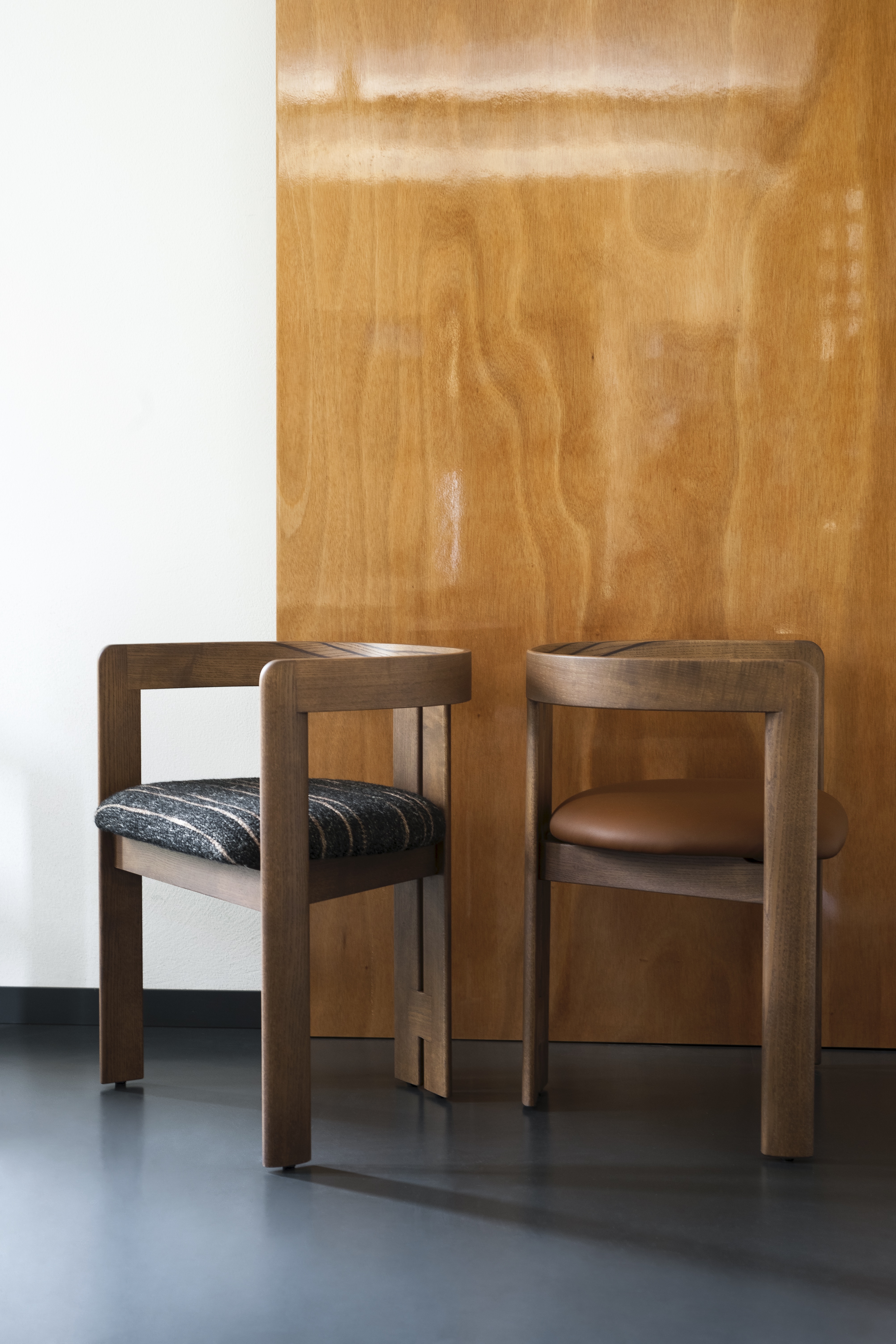
INFORMATION
Wallpaper* Newsletter
Receive our daily digest of inspiration, escapism and design stories from around the world direct to your inbox.
Rosa Bertoli was born in Udine, Italy, and now lives in London. Since 2014, she has been the Design Editor of Wallpaper*, where she oversees design content for the print and online editions, as well as special editorial projects. Through her role at Wallpaper*, she has written extensively about all areas of design. Rosa has been speaker and moderator for various design talks and conferences including London Craft Week, Maison & Objet, The Italian Cultural Institute (London), Clippings, Zaha Hadid Design, Kartell and Frieze Art Fair. Rosa has been on judging panels for the Chart Architecture Award, the Dutch Design Awards and the DesignGuild Marks. She has written for numerous English and Italian language publications, and worked as a content and communication consultant for fashion and design brands.
-
 Put these emerging artists on your radar
Put these emerging artists on your radarThis crop of six new talents is poised to shake up the art world. Get to know them now
By Tianna Williams
-
 Dining at Pyrá feels like a Mediterranean kiss on both cheeks
Dining at Pyrá feels like a Mediterranean kiss on both cheeksDesigned by House of Dré, this Lonsdale Road addition dishes up an enticing fusion of Greek and Spanish cooking
By Sofia de la Cruz
-
 Creased, crumpled: S/S 2025 menswear is about clothes that have ‘lived a life’
Creased, crumpled: S/S 2025 menswear is about clothes that have ‘lived a life’The S/S 2025 menswear collections see designers embrace the creased and the crumpled, conjuring a mood of laidback languor that ran through the season – captured here by photographer Steve Harnacke and stylist Nicola Neri for Wallpaper*
By Jack Moss